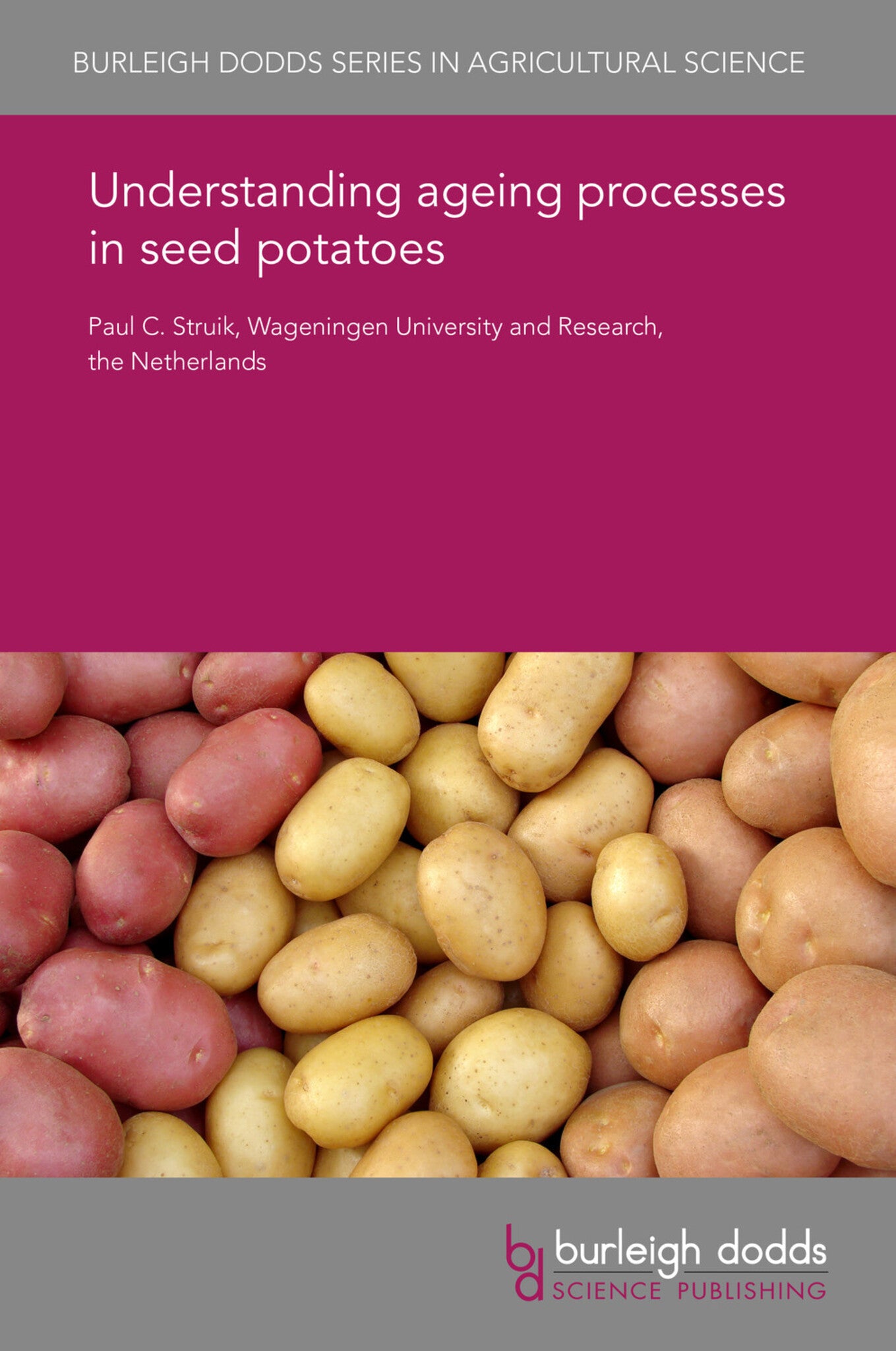We're sorry. An error has occurred
Please cancel or retry.
Understanding ageing processes in seed potatoes

Some error occured while loading the Quick View. Please close the Quick View and try reloading the page.
Couldn't load pickup availability
- Format:
-
08 August 2018


TECHNOLOGY & ENGINEERING / Agriculture / Sustainable Agriculture, Botany and plant sciences, TECHNOLOGY & ENGINEERING / Agriculture / Agronomy / Crop Science, Sustainable agriculture, Agronomy and crop production

1 Introduction: seed tubers as the main propagules in potato production 2 Quality characteristics of seed tubers 3 Dormancy and physiological age 4 The importance of seed quality as a yield-limiting and quality-determining factor 5 Understanding dormancy, bud activation, initial sprout growth and apical dominance 6 Understanding ageing in sprouts and mother tubers 7 Analysis of the dynamic development of physiological age and resulting crop performance 8 Causes of variation in physiological age and options for manipulation 9 Summary and future trends 10 Where to look for further information 11 References



